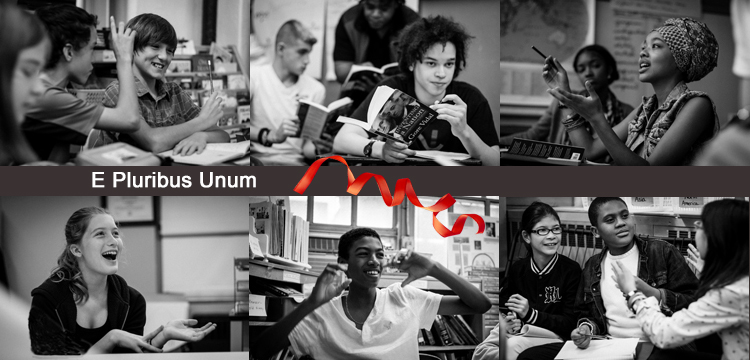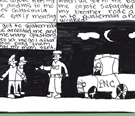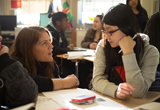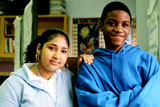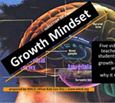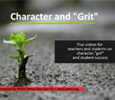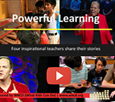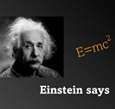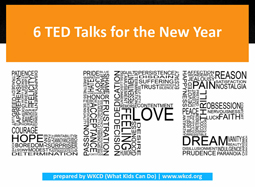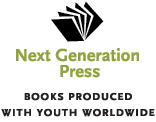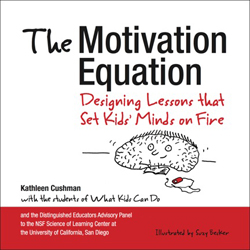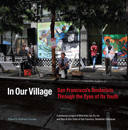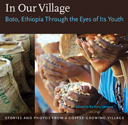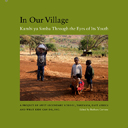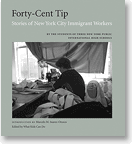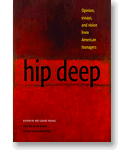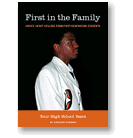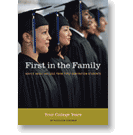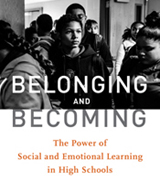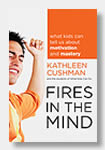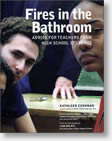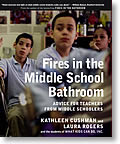Photos by Andrew Reed Weller
May we find the goodness in front of us. Best wishes for 2017 from WKCD!

 |
Two Learning Experiences for High School Students that Address Stereotyping and Community Here we offer two of these learning experiences, appropriate to the times. The first builds off Nigerian author Chimamanda Ngozi Adichie's TED Talk, "The Danger of a Single Story." The second begins with students drawing, in silence, their own visions of community. |
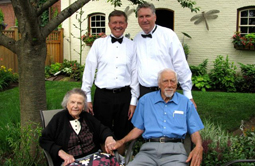 |
Generous Orthodoxy Wenger's story is one of ten episodes from Welcome to Revisionist History, a podcast from Malcolm Gladwell. Although presented largely with adults in mind, Wenger's message will surely ring true for adolescent listeners. |
SHOUT OUTS
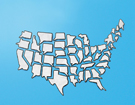 |
Ideas for Productive Discussion: Reflections on a Civil Conversation Challenge |
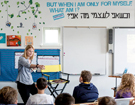 |
Six Ways to Give the Gift of Generosity to Children and Teenagers |
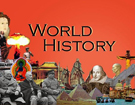 |
"My students are worried about their families being deported. Here’s what I stopped world history class to tell them." |
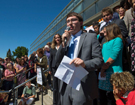 |
The Teenagers Suing over Climate Change |
RECENT/POPULAR FEATURES
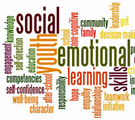 |
Integrating Social-Emotional Learning Into High School |
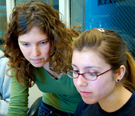 |
You're Constantly Revising Yourself: Dispositions of a Student-Centered Teacher |
Immigrant Students Use Cartoons to Share Their Journeys |
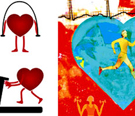 |
Short Workouts for Social-Emotional Learning |
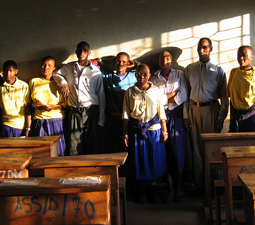 |
The Ground Beneath Our Feet |
